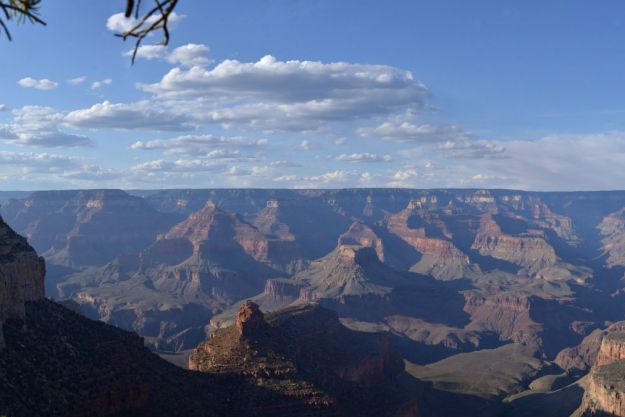Elephant rides in Thailand, sloth selfies in Costa Rica, dolphin petting in Mexico — these are the most common, and often most unethical, forms of wildlife tourism. Unfortunately, the social media economy of chasing likes, shares, and reposts is driving more tourists to seek out these experiences to capture their own wildlife selfies, often at substantial harm to the animals, the environment, or both. Now, Instagram is leading the charge among social media giants to do something about it.
Beginning this month, the app will warn users who search for hundreds of different terms related to unethical wildlife tourism practices. The flag will pop up for users searching in English, as well as many local languages in Asian countries where unethical wildlife tourism is among the world’s worst. Users will receive this notice:
“Protect Wildlife on Instagram: You are searching for a hashtag that may be associated with posts that encourage harmful behavior to animals or the environment.”
As the world’s most popular selfie-sharing site, Instagram has seen a surge in the number of wildlife tourism photos in recent years. While most are well-meaning, harmless, and ethical, there’s a growing volume of unethical photos as well. Many travelers just don’t know or understand the behind-the-scenes conditions of how the animals around the world are treated. Part of that ignorance is because it’s almost impossible to know for sure.
After a lengthy joint investigation by National Geographic and World Animal Protection, the two organizations discovered many animals are caged, beaten, and mistreated before being dragged out as a spectacle for unsuspecting tourists. Some, like sloths and koalas, simply don’t like being handled at all. So, even if their handlers appear to be treating them well (and many believe they are treating them well), they’re still being forced into situations with humans that they find unnatural and uncomfortable.
Although the move by Instagram may seem minor and insignificant, it’s aimed at tourists who simply don’t know better. By alerting someone to potentially irresponsible behavior, they’re hoping it will deter at least some of the demand for unethical wildlife tourism. For travelers who don’t care either way — those determined to get that koala selfie at all costs — there’s little anyone can do to stop them. But at least Instagram is doing something.
Feature image courtesy of World Animal Protection/Facebook.


